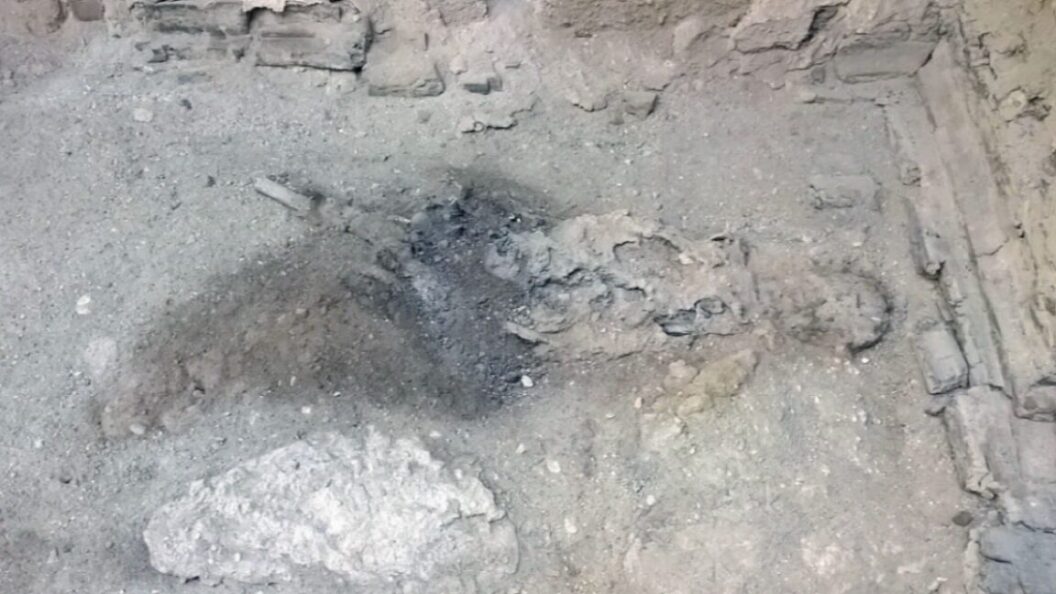Unveiling History: The Glassified Brain from Herculaneum
Introduction to a Remarkable Discovery
In a groundbreaking analysis, forensic archaeologists have found evidence of human neurons preserved in what has been described as a "glassified" brain from a victim of the catastrophic eruption of Mt. Vesuvius in 79 AD. This finding, led by Dr. Pier Paolo Petrone and his colleagues, offers new insights into the extraordinary conditions under which brain matter can be preserved and poses significant implications for our understanding of ancient human life during one of history’s most notorious volcanic eruptions.
Vitrification vs. Saponification
Typically, when exposed to extreme heat, organic tissues like brain matter undergo saponification, transforming into soap-like substances. However, the analysis of the Herculaneum victim indicates that their brain matter was instead vitrified, becoming fused into glass-like material. Petrone and his team estimate the temperatures at the eruption site reached as high as 520° Celsius (984° Fahrenheit), based on findings of charred wood remnants.
Evidence of Human Neurons
In research published recently, the team discovered preserved human neurons using a combination of advanced imaging techniques, including scanning electron microscopy (SEM). They reported distinctive features associated with the human central nervous system, including neurons and white matter axons. Petrone emphasized the significance of identifying neural structures, stating, "This progression in research paints a detailed picture of the anatomy of ancient human life."
Comparison with Historical Samples
Though brain preservation is rare, especially for organic tissue from such remote history, around 1,300 samples have been documented that date back to between the 16th and 17th centuries. The peculiar preservation mechanism of the Herculaneum brain raises questions compared to another study of a 2,600-year-old Iron Age skull in York, which exhibited preserved neurocytoarchitecture through a different mechanism than the vitrification associated with the Herculaneum findings.
Skepticism Within the Academic Community
The sensational nature of the vitrification claim has drawn scrutiny within the archaeological community. There are concerns regarding the lack of raw data available for peer review, generating skepticism around the findings. Some experts propose an alternative theory that the victims of Herculaneum may have been affected by lower-intensity heat similar to being "baked," thus leading to different outcomes in tissue preservation.
Innovative Research Methods
The recent research employs an array of sophisticated technologies, including field emission scanning electron microscopy, 3D scanning tomography, Raman spectroscopy, and various thermal analyses. These methodologies enhance the exploration of the properties of the glass-like material from the remains, suggesting a multi-faceted approach in understanding this unique case.
Conclusion: Implications and Future Research
The discovery of the glassified brain not only sheds light on the effects of the Vesuvius eruption but also prompts deeper inquiry into ancient human biology and the environmental factors influencing preservation. As researchers like Petrone and Giordano continue their work, the archaeological community watches closely, awaiting potential revelations that could redefine personal narratives of ancient societies. This finding symbolizes the intersection of archaeology, history, and science, inviting further exploration of our shared human past while challenging existing methodologies for analyzing archaeological finds.









